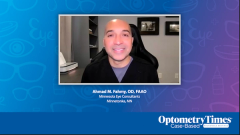
Advancing Dry Eye Management: Integrating Regenerative Therapies Into Optometric Practice
Ahmad M. Fahmy, OD, FAAO, discusses how amniotic membranes can be effectively incorporated into optometric practice as a “reset button” treatment for the full continuum of ocular surface disease severity, from mild to severe cases. This offers patients an alternative to multiple eye drops while being efficiently applied during regular clinic visits.
Video content above is prompted by the following:
Ahmad M. Fahmy, OD, FAAO, an optometrist at Minnesota Eye Consultants and founder of the Twin Cities Ocular Surface Disease Symposium, presents insights from a roundtable discussion on regenerative medicine for ocular surface disease. The discussion focused on the evolving role of amniotic membranes in treating patients across the spectrum of ocular surface disease severity, from mild to severe dry eye conditions. This treatment provides a valuable “reset button” for corneal and conjunctival epithelium when patients experience refractory symptoms to conventional treatments.
The presentation addresses practical considerations for incorporating advanced ocular surface disease treatments into optometric practice. Modern optometrists are well positioned to improve patient quality of life through various treatments including eye drops, in-office procedures like intense pulsed light and lid margin warming, and regenerative medications including amniotic membranes. Fahmy emphasizes that choosing the right treatment depends on clinical signs and patient-specific information, making clinical decision-making more systematic and effective.
A key advantage of amniotic membrane therapy is that it is performed in the office under direct practitioner supervision, eliminating the need for patients to manage multiple drop regimens. Fahmy uses Cam 360, a cryopreserved amniotic membrane, and has developed efficient protocols allowing quick application during regular clinic visits without disrupting workflow. He reports consistent improvement in epitheliopathy by approximately 1 severity level according to established dry eye staging systems, making this treatment particularly valuable for refractory cases across all severity levels.
Newsletter
Want more insights like this? Subscribe to Optometry Times and get clinical pearls and practice tips delivered straight to your inbox.


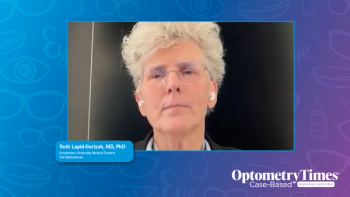
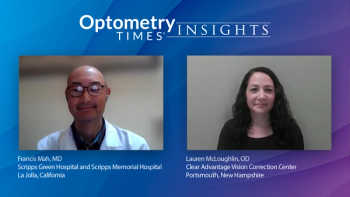
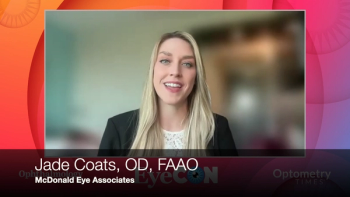
























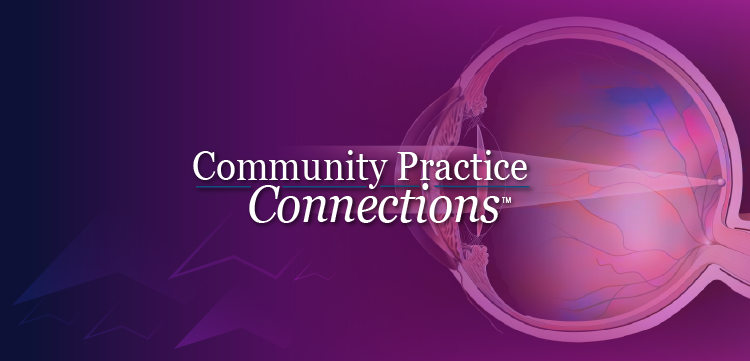
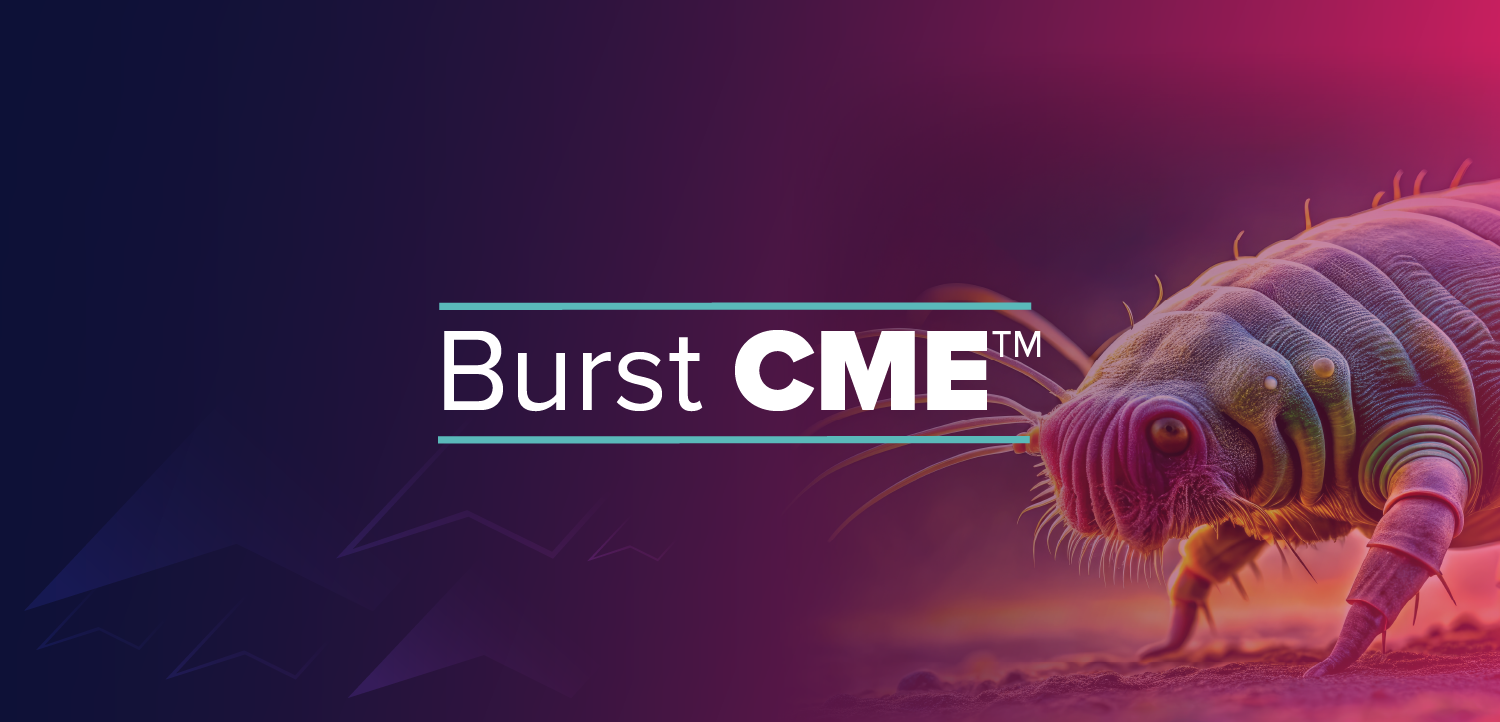


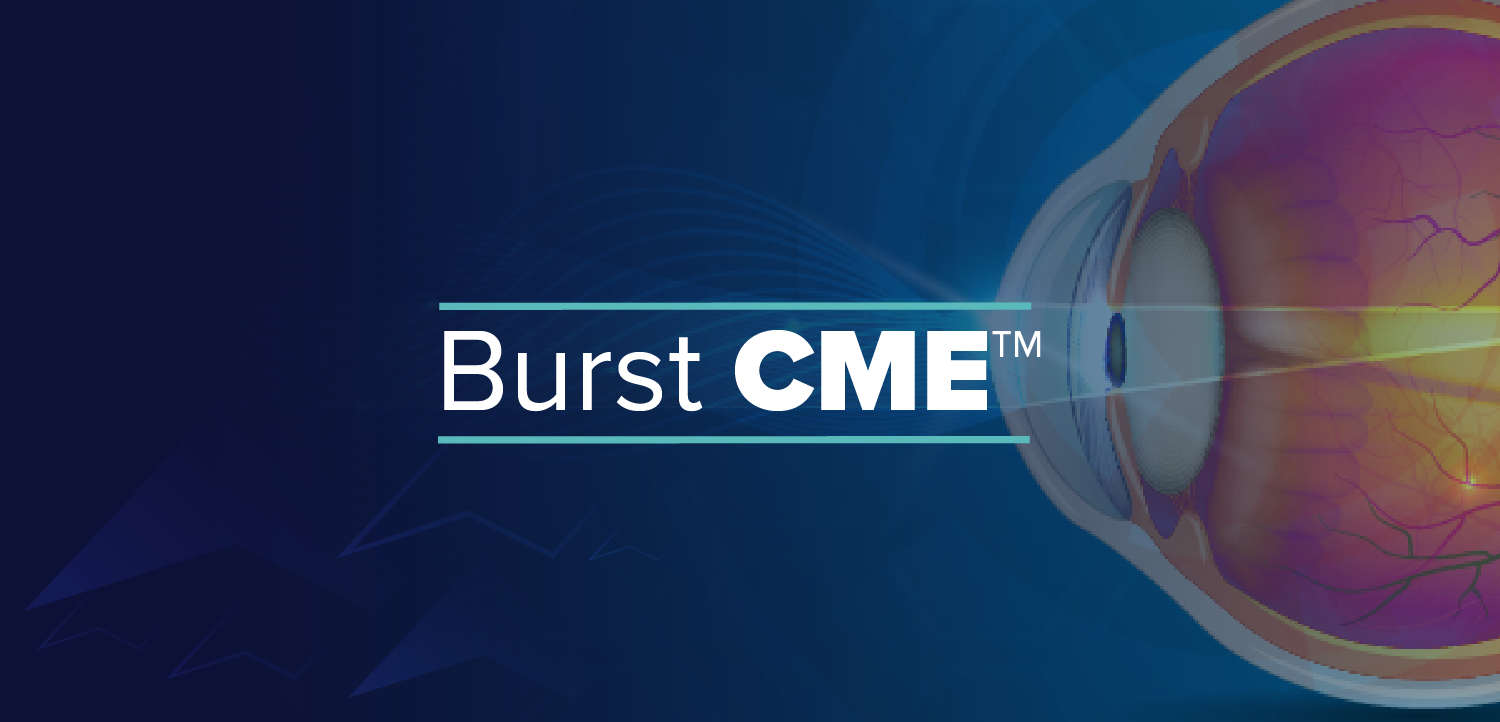
















.png)


